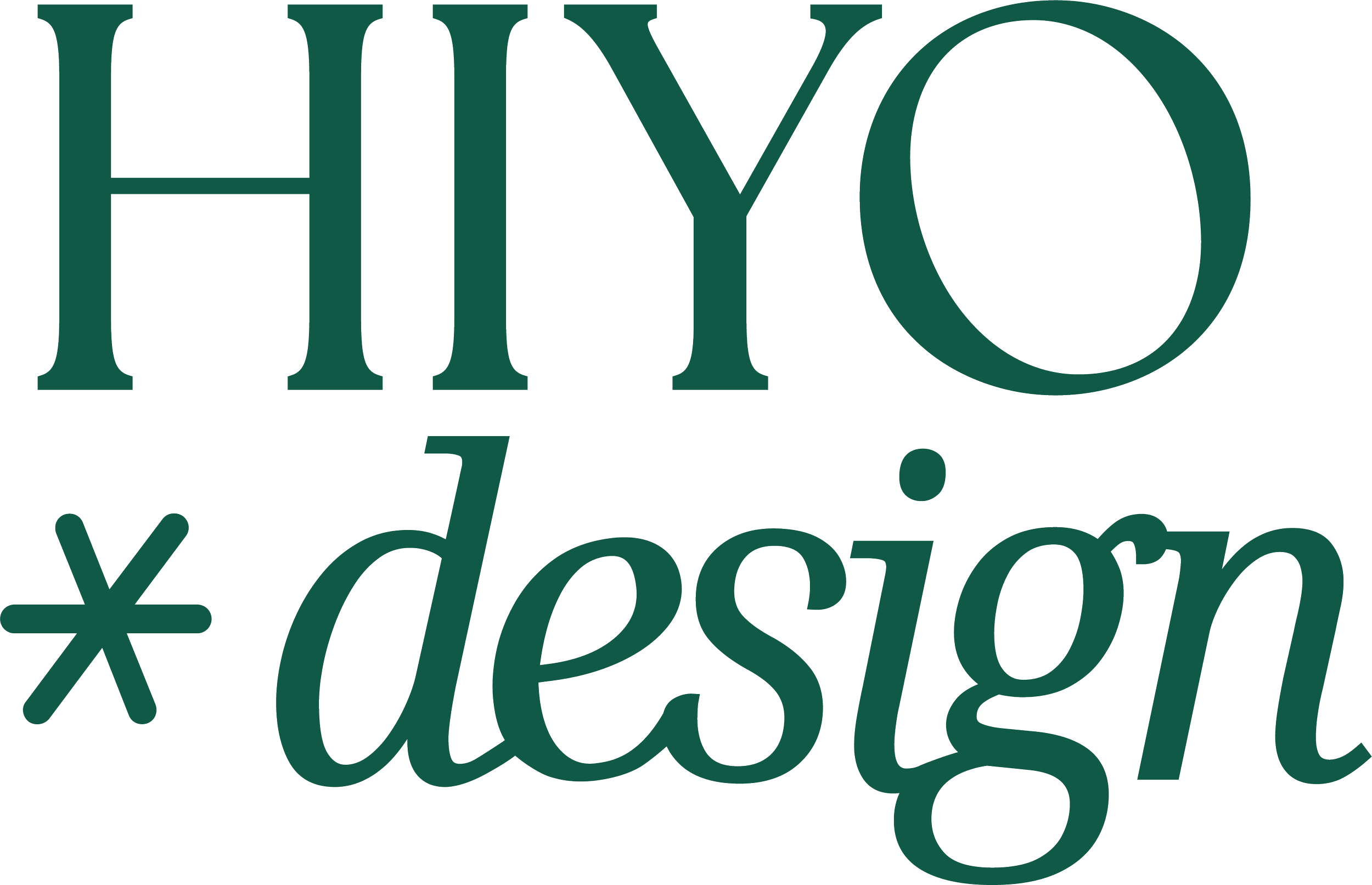7 Elements of a Modern Website Design
Today, the big question we’re answering is:
“What is needed for a modern website in 2022?”
Our quick answer is:
Websites have evolved over the years. Follow these guidelines to ensure yours is set up for today’s standards & best practices!
Today's websites are a lot more than just a collection of text and pictures. They serve as digital storefronts for businesses, portals into communities, hubs of knowledge, and creativity. Modern website design is about balancing aesthetics with usability, striking a balance between form and function. It's about finding the right tools to get your message across in the most effective way possible.
If you want to build a website that stands out from the crowd, below are some of the elements of modern website design you should know:
1. Responsive Design
Today, more than half of web traffic comes from smartphones and tablets, a number that is only going to grow. In fact, there's a strong possibility that your next customer will be viewing your site on their mobile device while they're out for lunch or commuting home.
A modern website design adapts itself so users can access it from any platform without compromising its original form. The layout changes accordingly depending on the screen size of the user's device - whether you have a smartphone, tablet, or desktop monitor. This ensures optimum readability and navigability across all devices possible, allowing customers to interact with an interface tailored specifically for them wherever they are at any given moment in time.
2. Imagery and iconography
The use of visual elements such as pictures and icons can be an excellent way to enhance the user experience. They're also effective in making your site more visually appealing. Imagery conveys ideas much faster than words, allowing visitors to quickly grasp what they need without feeling bombarded by information overload or complicated wording used throughout a website's copy.
A modern website design doesn't shy away from using imagery for various purposes - whether it is to advertise products and services, highlight key features, break up large chunks of text into smaller pieces with visual breaks between them. For example if you are designing a website for legal entity, using an attractive law firm logo, icons, and images go a long way in making your site visually appealing and increases the chances of success.
3. Optimized Architecture
Google and other search engines have specific expectations on how websites should be made. The structure of your website is one of the most important factors in how well it will rank on search engines. A well-optimized web architecture will have a higher chance of being found by potential customers, while also providing a better user experience. Additionally, the better your website architecture is human-centered, the more it will be appealing to search engine spiders.
4. Integrated Social Media
The use of social media has exploded in recent years, and it's not showing any signs of slowing down. In fact, many would say that social media has become an essential part of our lives. It's no wonder then that more businesses are integrating social media into their website design.
A modern website design incorporates links to all of your social media channels - Facebook, Twitter, Google+, LinkedIn, YouTube, and more. This makes it easy for users to follow you and keep up with your latest activities. This is another way of building trust and showing visitors that you're a legitimate organization worth their time and money.
5. User Experience
A modern website design is one that prioritizes the user experience. It should be simple, easy to navigate, and aesthetically pleasing. This means optimizing your site architecture for human understanding rather than search engines. The idea here is not to game the system like with spam sites. It's simply about making sure everything works in a way that benefits both visitors and businesses alike by creating an overall positive browsing experience.
6. Web Navigation Elements
An effective navigation bar or menu allows users to quickly browse through all of your pages within your site - whether they're looking at products on an e-commerce store or reading articles on a blog page. If done correctly, users can easily find what they need without getting lost or confused. This ultimately leads to a better user experience and higher customer satisfaction rates.
7. Fonts and Typography
Choosing the right font(s) is an important part of a modern website design. The best fonts are easy to read, aesthetically pleasing, and help convey your message effectively in a way that's simple for visitors without being too complicated or confusing. When designing a site, there should be one main font used throughout the copy. This font should be selected for its legibility and how well it fits in with the overall tone of your site.
Final Thoughts
Modern websites are all about simplicity, usability, and delivering a great user experience. If you can nail these three things, your website will be well on its way to success. Make sure to focus on the basics - good architecture, well-written copy, and attractive visuals - and you'll be well on your way to a website that's both effective and beautiful.
This post was written by Kris David
Freelance blogger & part-time journalist for HIYO DESIGN.

